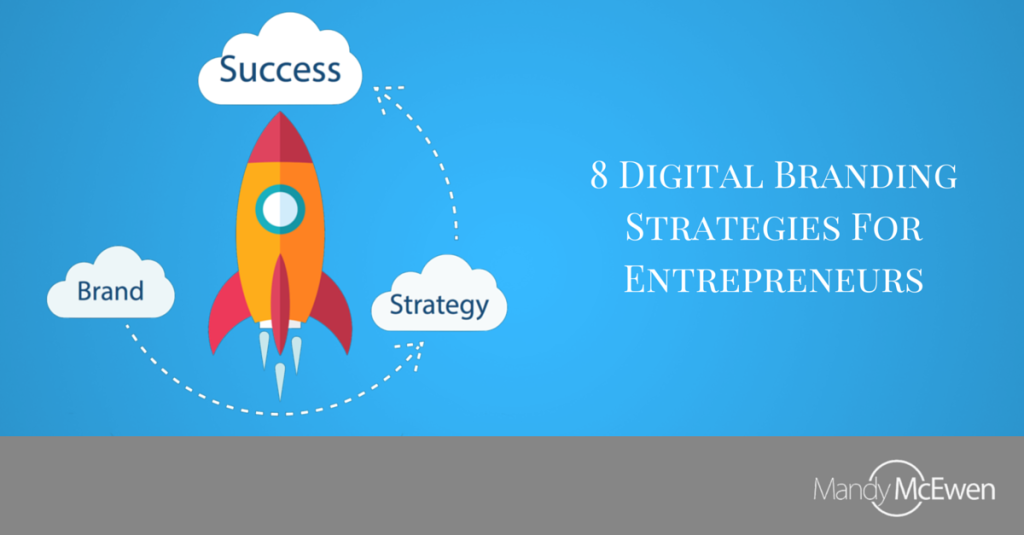
In 2015, many entrepreneurs will outsource their digital branding strategies to professional agencies. The Content Factory estimates that the industry average is between $4,000 and $7,000 per month — although there are online marketing firms for all budgets. For instance, our team at Mod Girl Marketing has a wide range of packages that work for start-ups and corporate Fortune 500 companies looking to re-brand.
“While the monthly fee for professional brand management might seem expensive, keeping up with new technologies, changes to social networks and mobile takes more vigilance that some business owners can cram into already-busy schedules,” the Miami Herald summarizes. They cite several business owners who say that it’s easier to target consumers and do something new every day with an outside marketing firm’s help. It’s also easier to keep brand messaging consistent across social media platforms and focus on a particular message that resonates with consumers.
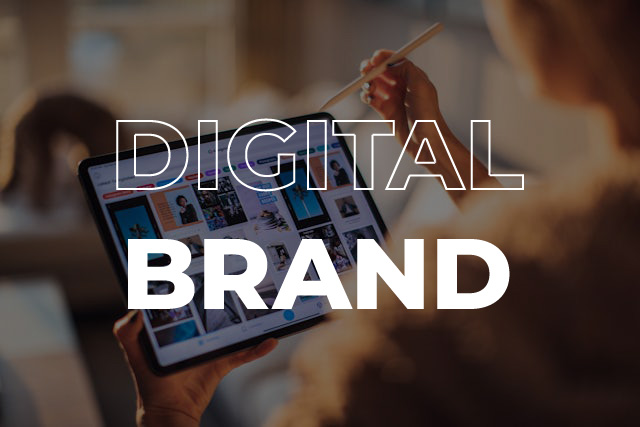
1. Find a human face.
Today’s consumer likes to know that there is a “man behind the machine.” Faceless corporations don’t sell. People sell. You’ll want to show your brand’s fans and followers behind-the-scenes glimpses of your workplace, your staff and your products to connect with them. Tell stories about a day on the job and let people ask you questions directly. Add quotes from staff members to your blogs and guide your copywriters in understanding how to convey your corporate values. Even though you choose to outsource, put someone in charge of overseeing the branding efforts.
2. Engage consumers with visual, interactive content.
Greg Lurie is the owner of Daily Melt — a Miami restaurant branded to “sell comfort” with sandwich melts, a homey atmosphere and friendly waiters. The owner hired a digital branding firm to help engage his online customers. Each week, they posted the specials, along with an upbeat message. Thanks to the personal feel, more than 5,000 fans were added, with customers sharing the sandwich photos with their friends.
3. Increase visibility on social review sites.
Brands simply can’t afford to be in-the-dark regarding what people are saying in online reviews. The funny Portlandia clip below shows just how serious a bad review can be. In certain industries, having no reviews is just as shady as having a bad review. Why would prospects take a risk on your restaurant or B&B when there are other widely lauded establishments promising a great customer experience? Going back to the Daily Melt branding story, the chef hosted a “Yelper” party where he whipped up a bunch of exclusive dishes for guests in exchange for online reviews. Google, Yahoo, Travelocity, Urban Spoon, Angie’s List and other review sites should be part of any comprehensive branding strategy.
4. Create quality content.
Blogging is one of the most effective ways to improve brand visibility. These posts can be re-purposed on social media sites, bookmarking sites and press release distribution sites. Other bloggers, journalists and fans can send links your way and boost your search engine ranking. Producing newsletters, press releases, marketing emails and online videos are other forms of content that can reinforce your branding and drive targeted traffic to your website.
5. Start a social conversation.
Conversation is the strongest form of marketing. Nothing beats a meaningful, authentic connection with another person. You want people to look to you for guidance and trust in your perspective. Replying to posts and direct messages is essential to keeping the two-way dialogue flowing. Tell your story, rather than just pitching your business, and involve others by asking them to share a bit of themselves too. More often than not, people are more than happy to share photos, personal stories and advice. (If you need help with this aspect of digital branding, we’d love to help!)
6. Keep the aesthetic consistent across platforms.
Our clients generally have multiple websites — a main site, a mobile site, a WordPress blog, a Twitter, a LinkedIn, a Facebook, a Pinterest, a YouTube channel, and perhaps several spin-off websites focusing on a particular niche, product or service. One of the first steps in branding them is to decide on the colors, logos, images, fonts and style they want for their brands. Then this template is applied across all media platforms for one cohesive, memorable look. Below is an example of a modern business branding package Mod Girl developed for a client:
7. Optimize Your Site.
Website optimization is still relevant for businesses. The science of SEO is always evolving, so if you haven’t updated in a while, you may be amazed by how quickly your page can move from virtual obscurity to the top page of Google results with just a few easy tweaks. Think of it like a credit report. Removing just one erroneous negative hit from your report can dramatically improve your credit score overnight. The same is true of a website that is poorly indexed or lagging in load time.
8. Incorporate Data.
A recent Marketing Profs report found that 61% of marketers plan to increase spending on data and analytics in the coming year. At least half of all marketers are concerned with improving conversion rates to translate web traffic into sales. Analyzing and using consumer behavior data is part of what makes giant e-tailers like Amazon so successful. They are able to see what people are looking at to customize their recommendations and deliver what people need. Once you’ve made your branded impression, it’s time to capitalize on all your hard work.
If this all sounds like a lot of work, we assure you: it IS! But thankfully, we can help you with digital branding strategies. Contact us today!

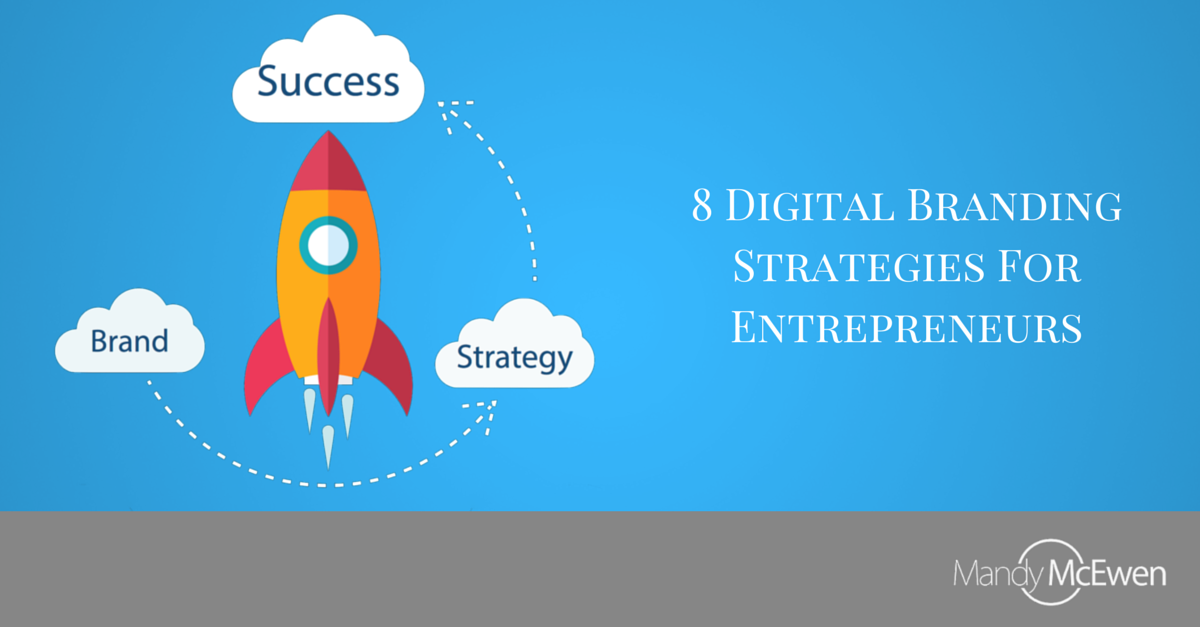
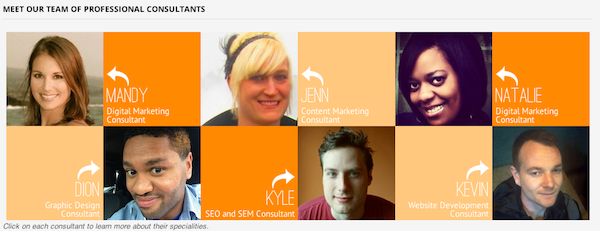
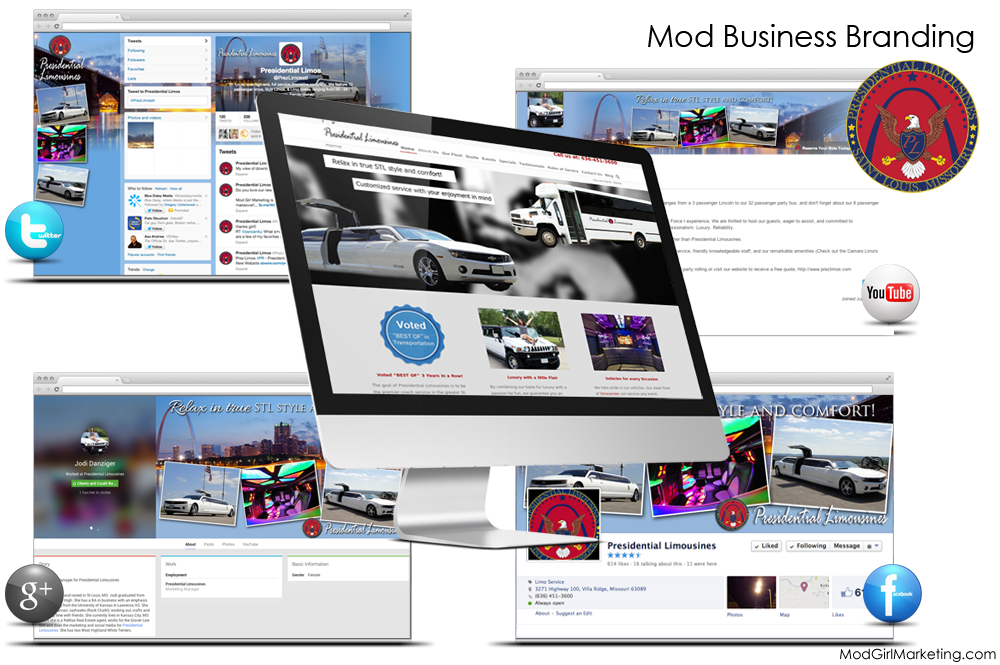
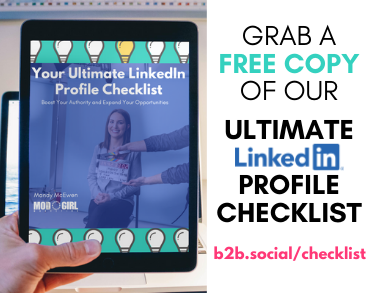

Very good insights. Enjoyed reading this blog post. I’m bookmarking this article. Let my friends and relatives read it and enjoy. Few of my friends and relatives are entrepreneurs – they’ll definitely enjoy this post 🙂